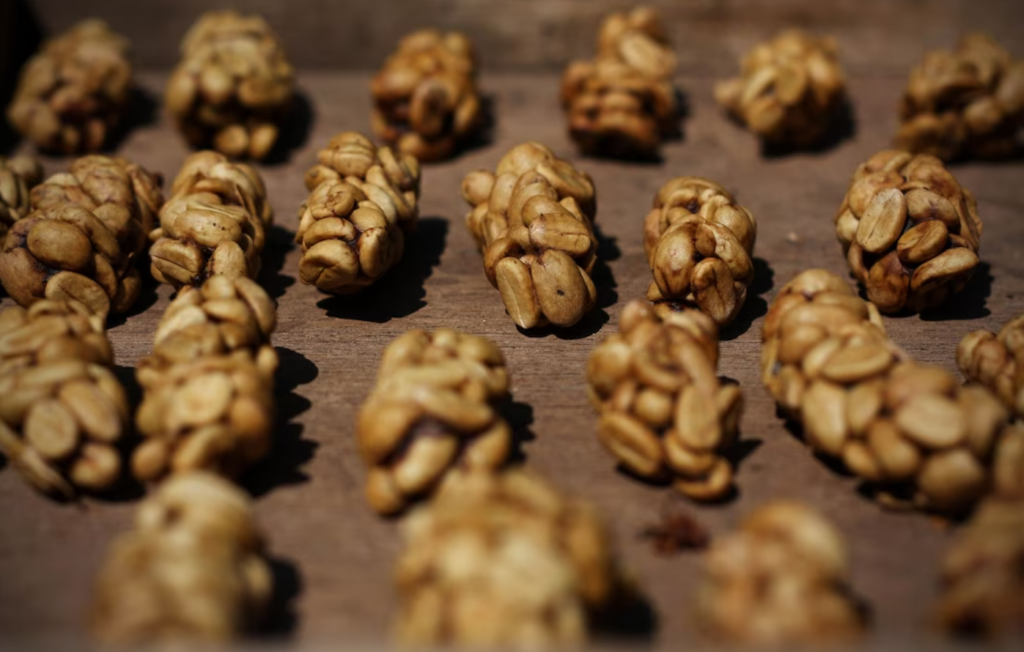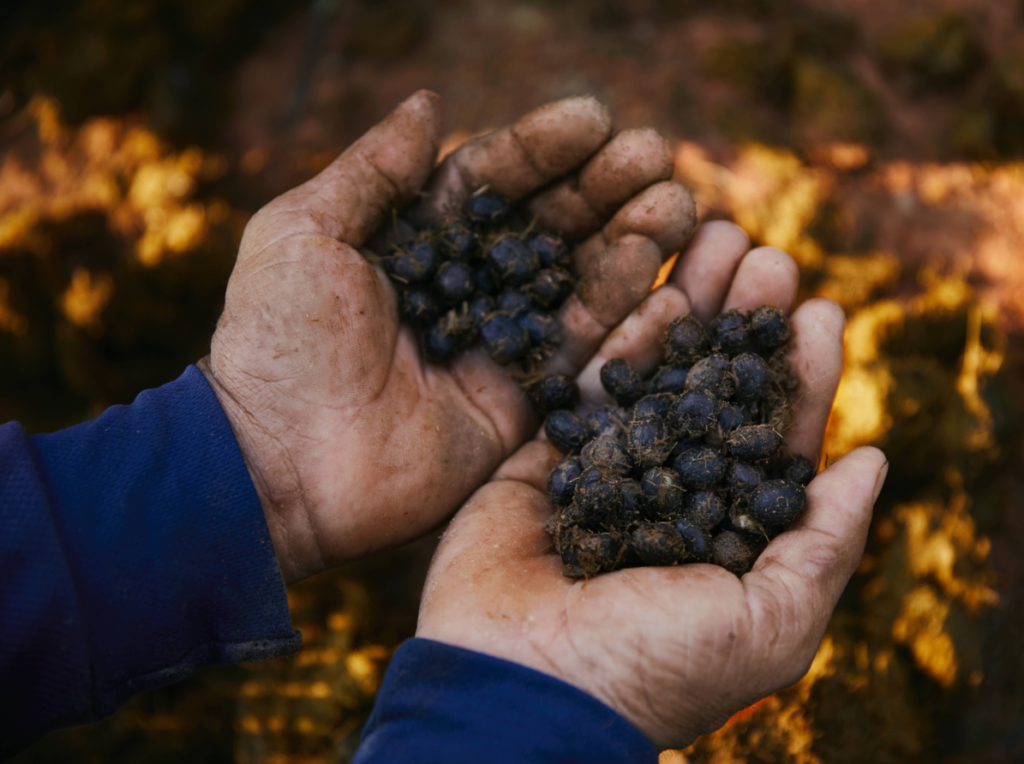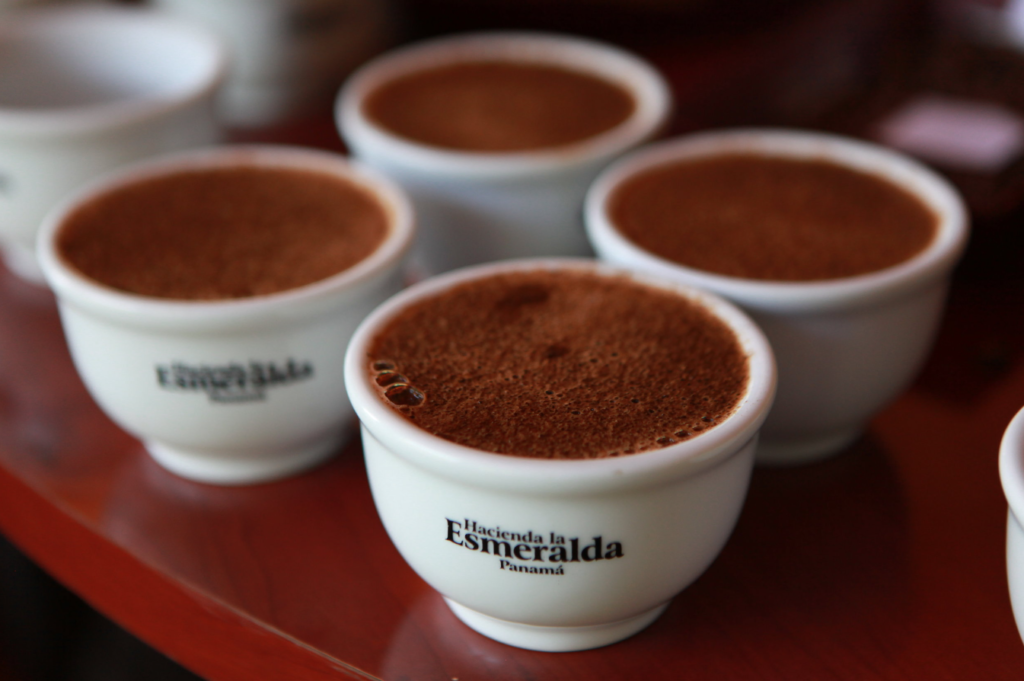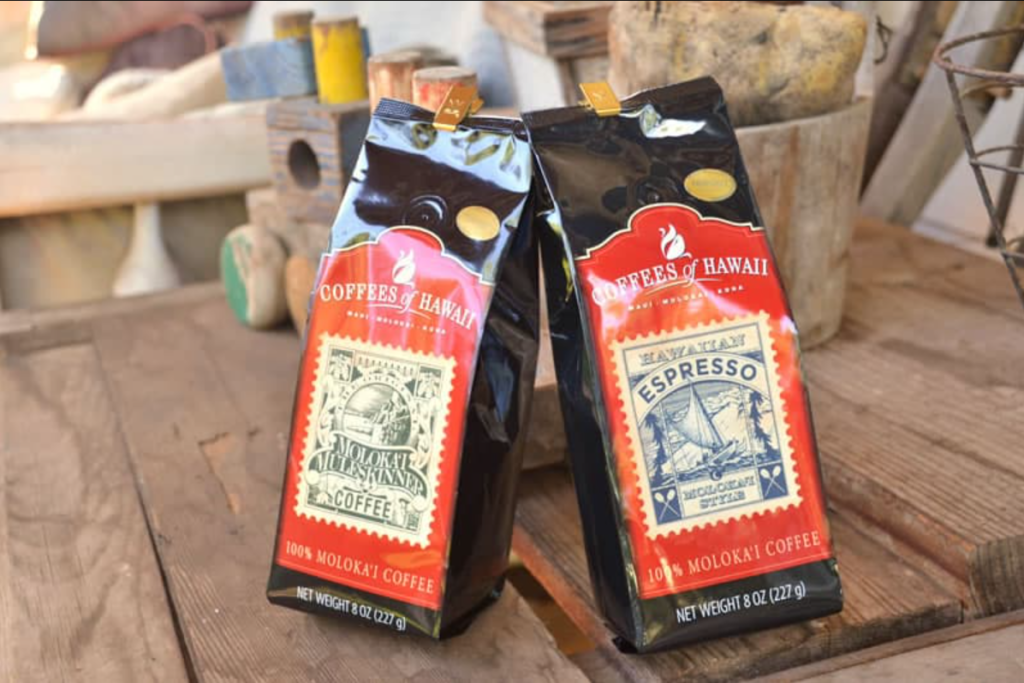World’s Expensive Coffees
Have you ever wondered what makes the world’s most expensive coffees stand out from the competition? These rare beans travel through a journey of unmatched artistry from the foggy mountains of Jamaica to the exotic farms of Indonesia. Join us as we go through the world of pricey coffees where each sip offers a sense of true elegance and rarity.
The preparation of any cuisine requires the use of high-quality, seasonally appropriate ingredients, and coffee is no exception. However, unlike the experience of buying a finely packaged gourmet cheese or opening a pricey bottle of wine. The process of making a fantastic cup of coffee involves several stages.
“With coffee, it needs to come from the farm in beautifully produced condition, it needs to be roasted beautifully. It needs to be put into a bag and aged, and then you’ve got the barista who needs to grind it,” explains Matthew Lewin, Barista Champion, and Coffee Consultant with over ten years of experience in the specialty coffee industry. In this article, we will explore the world’s expensive coffees their taste, and flavor.
Top Notch Expensive Coffees in the World
Here we have top-notch expensive coffees in the world,
Kopi Luwak

If you haven’t tried this coffee yet you should be aware that wild-sourced and cultivated Kopi Luwak have different price tags and ethical implications. The animals that make up the drink, civets are forced to feed the coffee cherries in cages to increase profit from farmed Kopi Luwak.
Although there are differing perspectives on the flavor of coffee among experts, it is said that the civet’s digestive system, through which the beans pass, gives coffee its smooth flavor and rich aroma. This tropical cat also has a talent for selecting only the tastiest cherries to chew on, resulting in a higher-caliber beverage. Java, Bali, and Sumatra are the three islands in Indonesia where Kopi lwak is primarily made.
Also read about: Kopi Luwak vs Blue Mountain
How is Kopi Luwak Made?
It’s a popular misconception that ‘Kopi Luwak is a specific type of bean or a term given to beans cultivated in a specific region. But the name of the coffee comes from the digestive process it goes through. The short version of how kopi Luwak is made is that little creatures known as Asian Palm Civets eat and partially digest mature coffee cherries. We have written lengthy articles on the subject.
Production of wild kopi Luwak requires enabling Asian Palm Civets to roam freely in their habitat and eat coffee cherries as they wish, which are a natural diet component. Farmers then gather the animal feces, and the beans are taken out. The kopi Luwak made using this original process is the most sought-after variety. However, as you would expect, it requires a lot of labor and is therefore costly.
Price of this Coffee
Kopi Luwak, a specialty coffee manufactured in Indonesia, is the world’s second most costly coffee bean. Kopi Luwak coffee beans, often known as civet or “crap coffee,” are gathered from the droppings of the indigenous Luwak, a cat-like forest mammal that consumes mature coffee cherries. The finished product can be purchased for up to $600 per kilogram. Both Arabica and Robusta coffee fruits, which are cultivated on the Indonesian islands of Java and Sumatra, are used to make them. Before being sun-dried and roasted, the ejected coffee beans are cleansed and washed.
Black Ivory

Black Ivory Coffee is made in a remote region of northern Thailand with little help from machines depending instead on elephants’ natural digestion. The best high-altitude Arabica cherries are chosen, and most of them are lost in the selection process. One kilogram of finished cherries requires approximately 33 kilograms of raw cherries, which are cared for by hired high school students and elephant caregivers after the cherries have been consumed and digested by the elephants. The availability of coffee cherries and Black Ivory’s appetite are the two main determinants of their supply.
Price of this Coffee
At US$ 2,000 per kilogram, Black Ivory Coffee ranks among the most costly coffees available. The maker offers the coffee to a small number of five-star hotels where each cup costs US$50. Additionally, you may buy the coffee online. In 2021, the coffee product weighed 215kg. The availability of coffee cherries, the elephants’ appetite, the quantity of beans lost to chewing, and the capacity of the mahouts and their wives to collect whole beans all affect the supply of Black Ivory coffee.
Saint Helena

Napoleon was exiled to the isolated island of Saint Helena in the South Atlantic Ocean, one of the finest places on earth. To highlight the distinctive characteristics that coffee connoisseurs like, Green Tipped Bourbon Arabica is picked, processed, and roasted here. Saint Helena coffee is wet processed with spring water from the area and boasts overtones of black cherry and chocolate that allude to its Yemeni roots. Starbucks first offered this incredibly sought-after coffee in 2016, with a retail price of US$80 for 250 grams. Leslie Wolford, a Starbucks Coffee Quality Specialist, describes the coffee as having a delicate cup with gentle citrus fruit and caramel flavors that follow faint floral smells.
How is Saint Helena Made?
The Arabica coffee variety, which is grown on St. Helena, was recognized by the IUCN as a globally endangered species in 2019. The coffee strain was brought to St. Helena in the eighteenth century and is still pure and unaltered now.
The Green Tipped Bourbon Arabica is a delicate and subtle bean that needs to be handled with great care during wet processing, roasting, and harvesting to maintain all of its excellent characteristics for a cup that is smooth and delicate in flavor. On the island, St. Helena is grown for production in two locations. Bill and Jill Bolton’s Rosemary Gate Plantation and Solomon & Company’s 2 Sandy Bay Plantations both offer these services. Of course, you can purchase St.
Price of this Coffee
All around the world, the price of this coffee is US$ 444 per kilogram.
Hacienda La Esmeralda

The family-run Hacienda La Esmeralda makes award-winning specialty coffee in the Panamanian highlands and sold it for US$440 per kilogram at various auctions last year. The Petersons have been holding yearly private online auctions where they offer premium coffee for exorbitant prices since 2007.
The Petersons were on the right track when they won the 2004 Best of Panama competition and established themselves as a global leader in coffee production, winning that award and many more times since. This was evident when cuppers first tasted the company’s high-altitude Geisha coffee.
How is Hacienda La Esmeralda Made?
Men and women who have received training in selective breeding harvest the coffee from each of the four plantations that make up Hacienda La Esmeralda. Only after the fruit is completely ripe is the coffee collected. In Hacienda La Esmeralda, there are two ways to process coffee: naturally and washed. The natural approach entails drying the coffee cherry as soon as it is harvested.
While washing involves mechanically pulping and degumming the coffee before it is dried. To let the coffee beans at Hacienda La Esmeralda express their natural features without undergoing fermentation flaws, the beans are dried on both the concrete patio and the Guardiola (drying machine). After that, the coffee is processed, graded, and exported to every country in the world.
Finca El Injerto

The Aguirre family, who are committed to good agricultural techniques and social responsibility, run El Injerto, the first coffee plantation in Guatemala to be certified carbon neutral as well as Rainforest Alliance Certified. El Injerto is named after a local fruit.
Coffees from El Injerto strongly represent the terroir due to the region’s mineral-rich non-volcanic soil and high altitude, and they should not be confused with roasters whose products have the name “Finca El Injerto” but were not produced there.
How is Finca El Injerto Made?
Coffee seeds are carefully selected, and only those beans that have matured to their fullest potential are selected. Defective beans are sorted in water tanks. Every day, the coffee beans’ flesh or pulp is removed. The coffee is then transferred to special tanks with glazed tile interiors where it is left to wait until it reaches the point of natural fermentation. The coffee beans are then rinsed with pure natural water and steeped for 24 hours in clean water before moving on to the pre-drying procedures on the patios.
This procedure also known as Natural procedure is new to farmers in Guatemala but is not at all new in other parts of the world, such as Africa and Brazil. After removing the floaters to produce a good and clean cup, the well-picked beans are dried directly with pulp in the patios or African beds. This method results in a hefty body, rich fruit taste, and high sweetness. For this process, some types work better than others.
El Injerto has the specialized tools required to convert parchment coffee to green coffee. The direct export of coffee to other nations is made possible by this technique. The coffee through various pieces of equipment as it transitions from parchment to green coffee to be specifically categorized for weight, size, and density. Following this, the coffee undergoes one final taste test, capping off a rigorous quality control process that lasts from the seed to the export of the green bean.
Molokai

On the island of Molokai in Maui County, Hawaii, real Molokai coffee is largely cultivated. The firm in charge of supplying Molokai to the rest of the world, Coffees of Hawaii, is one of the factors that contribute to its exorbitant pricing. The “Molokai Prime” badge offers consumers a high-quality assurance. The coveted Arabica varietal that flourishes in the region’s red soils and produces flavorful brews is known as Red Catuai.
How is Molokai Coffee Made?
For green coffee beans that satisfy a stringent set of criteria outlined in Hawaiian legislation. A special designation known as “Molokai Prime” is given. Coffee cultivated in Moloka’i must be pure and free from musty, fermented, medicinal, and sour odors and flavors when brewed to be called Molokai Prime.
The moisture content of Molokai Prime coffee must be between 9% and 12% by weight, and the percentage of flawed beans cannot exceed 20% by weight. Even though the stringent conditions are restrictive and make it challenging for coffee to earn the famous Molokai Prime classification. They also provide buyers peace of mind that the coffee they are buying. When they purchase Molokai Prime beans is of a high caliber.
Ospina

Ospina coffee is made from Arabica Typica beans. Furthermore, it have been farmed over five generations in the shaded tropical woods of the Andes. Volcanic ash abundant in these mountain slopes fertilizes the land and improves the warm, nutty flavor of this Colombian coffee. It must be ground whole and brewed in clear water between 91 and 96 degrees Celsius to be enjoyed.
How is Ospina Coffee Made?
The “wet method” is used to gently process the coffee cherries after they have been plucked. To ensure that only the tastiest and ripest cherries are kept, the cherries are carefully chosen by hand. A mechanical peeler is then used to remove the cherry’s skin. The beans are then gently washed once more after being thoroughly cleaned, and fermented for 24 to 36 hours. Also, the beans are then “pergamino” or parchment beans after being sun-dried for up to five weeks. The beans are manually sorted and picked a third time to weed out any broken pergaminos or extraneous objects.
Price of this Coffee
The price of this coffee is US$ 744 per 250 grams all over the world. This coffee is manufactured with original products to give your mind a relaxing moment. So that is why its price is high as compared to other coffee.
Wrapping Up!
In this comprehensive guide, we tell you about the most expensive and tasty coffee in the world. We hope that you will read this article and wanna tried these coffees. If you try one of the coffees tell us your experience we would love to listen to this. Enjoy your coffee.

